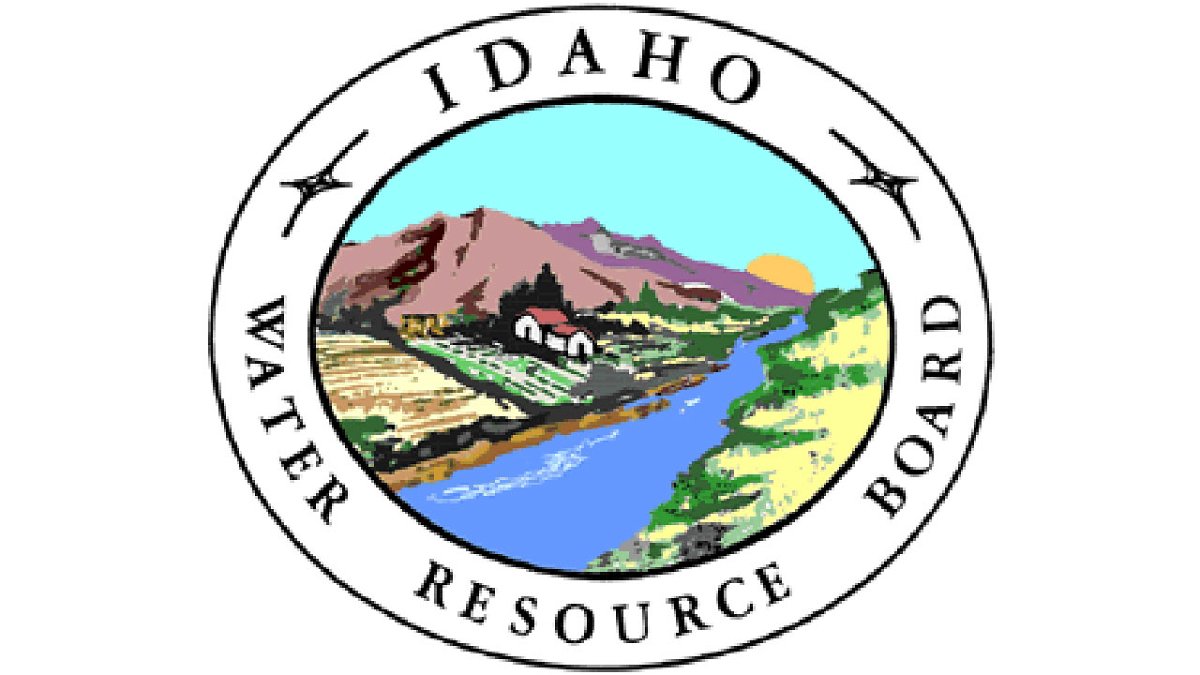Recharge water will help create renewable power this winter

BOISE, Idaho (KIFI/KIDK)-In response to requests for water for other purposes, the Idaho Water Resource Board decided Tuesday it will not divert 200 cubic-feet-per-second of streamflow for Eastern Snake Plain Aquifer recharge between December 1,2020 to February 15, 2021.
The action will allow that water to remain in the Snake River for other uses, including hydropower production below Milner Dam in the Magic Valley.
According to the Water Resources Board, its water rights for recharging Snake River surface flows into the Eastern Snake Plain Aquifer (ESPA) allow for the diversion of up to 7,769 acre-feet of water at or upstream of Milner Dam. Consistent with direction from the Idaho Legislature, the Board seeks to recharge an annual average of 250,000 acre-feet of water into the ESPA each year to restore the aquifer to sustainable levels. Since 2015, when the ESPA recharge program began in earnest, about 2.2 million acre-feet of water has been added to aquifer storage from the Board’s recharge program and other management actions.
Idaho Power Company officials said more winter water flow above Milner Dam would be valuable for hydropower production. The utility is reducing its reliance on coal fired electricity plants and needs to make up for that lost production with renewable resources.
Board Chairman Roger Chase said the agreement would be in effect for one year.
“The Board intends to work cooperatively with all stakeholders to explore opportunities to benefit all uses on the system,” Chase said. “We learn as we go.”
If the Board does not reach its recharge goal, Idaho Power would provide replacement water for the shortfall from its American Falls Reservoir storage.
In other action, the Water Resource Board approved up to $475,000 for the second phase of a 4-year hydrologic study of the Raft River Basin.
According to the Board, ground water levels in the Raft River Basin have been declining about 1.75 feet per year in recent years. The project seeks to determine the issues causing the decline and recommendations to reverse it.
The Idaho National Laboratory also is contributing $832,000 to the project through the Idaho Department of Environmental Quality. The Idaho Geologic Survey is also a partner in the project.






